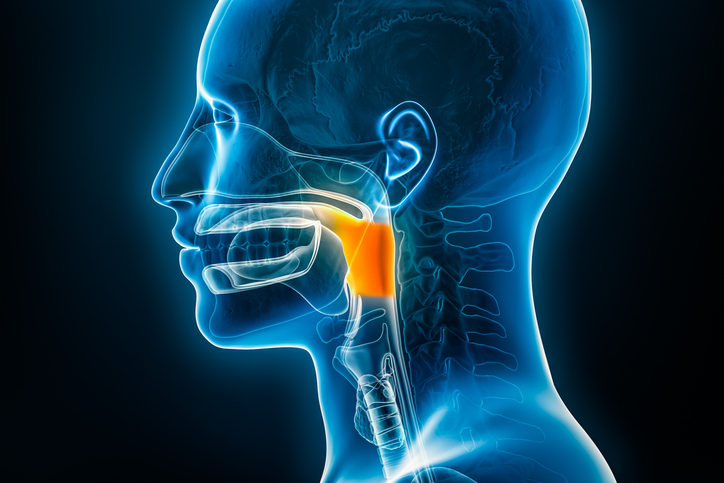
Oropharyngeal dysphagia, the inability to swallow related to an issue in oropharynx, is a debilitating condition commonly experienced by patients with head and neck cancers (HNCs). Using artificial intelligence (AI) to analyze pretreatment CT scans from patients with nonsurgically treated HNCs, researchers aimed to evaluate the quantitative and qualitative composition of tongue muscle and the risk for dysphagia in this population. Results were published in Clinical and Translational Oncology.
- CT scans were collected from 41 patients with nonsurgically treated HNCs undergoing curative radiotherapy.
- Tongue muscle quantity was measured as cross-sectional area (cm2) and as percentage of body composition using AI-based segmentation of CT scans.
- Muscle quality was assessed using Hounsfield unit, which represents muscle density.
- Risk for dysphagia was measured with the validated Eating Assessment Tool 10 (EAT-10) questionnaire, with a score ≥3 indicating increased risk for dysphagia.
There was a significant association found between EAT-10 scores and risk for dysphagia (χ2=26.07; P<0.0001), but no significant correlation was found between the percentage of tongue muscle and density (R=0.081; P=0.07).
Having an EAT-10 score ≥3 correlated with having significantly larger percentages of tongue muscle versus having an EAT-10 score <3 (mean, 61.17±10.44 cm2 vs 56.58±5.77 cm2; P=0.004). In addition, increased risk for dysphagia correlated with greater tongue muscle density (P=0.046).
There was also a significant association observed between pretreatment and posttreatment dysphagia: Patients who reported pretreatment dysphagia (EAT-10 score ≥3) continued experiencing higher rates of posttreatment dysphagia (R=0.411; P=0.009).
Posttreatment dysphagia risk was also associated with biologically effective dose (P=0.0042), advanced tumor stage (P=0.004), and systemic treatment (P=0.027).
“The use of AI-based CT analysis provides a precise method for identifying patients at risk, allowing for timely interventions to improve swallowing function and quality of life,” the researchers concluded.
Reference
Alayón LF, Salas-Salas B, Palmas-Candia FX, et al. Artificial intelligence in dysphagia assessment: evaluating lingual muscle composition in head and neck cancer. Clin Transl Oncol. Published online March 25, 2025. doi:10.1007/s12094-025-03900-6

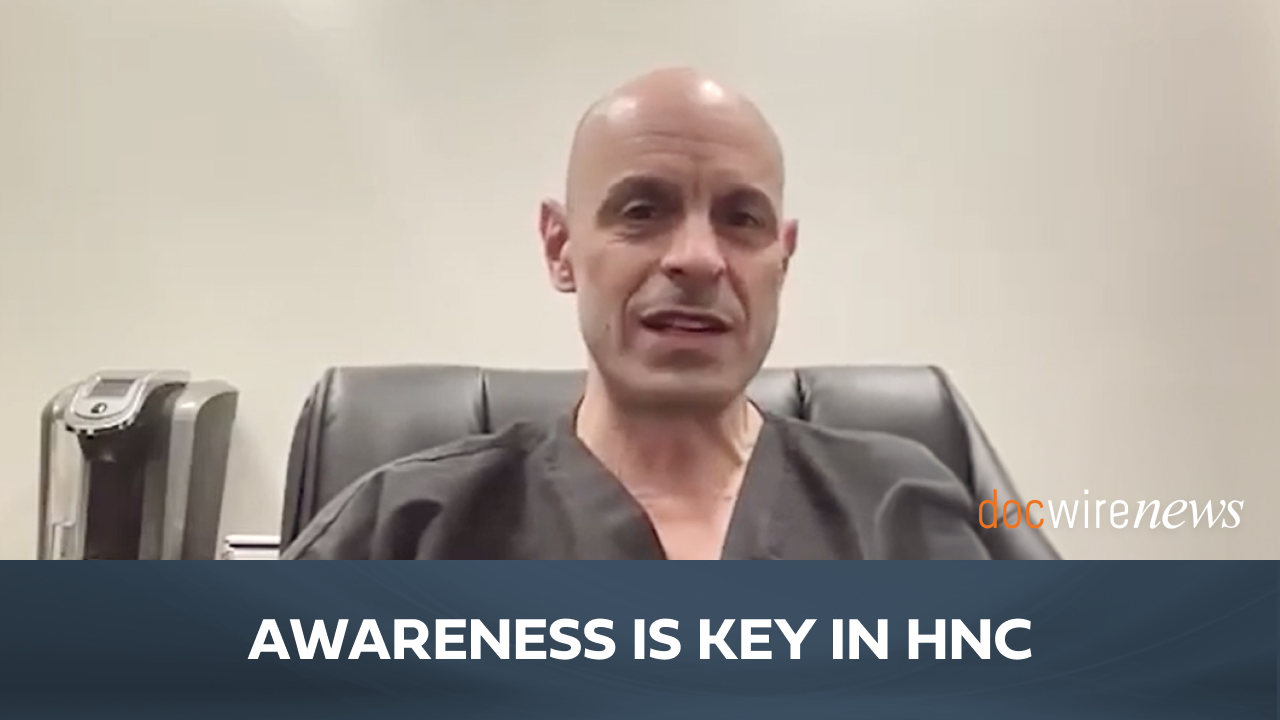

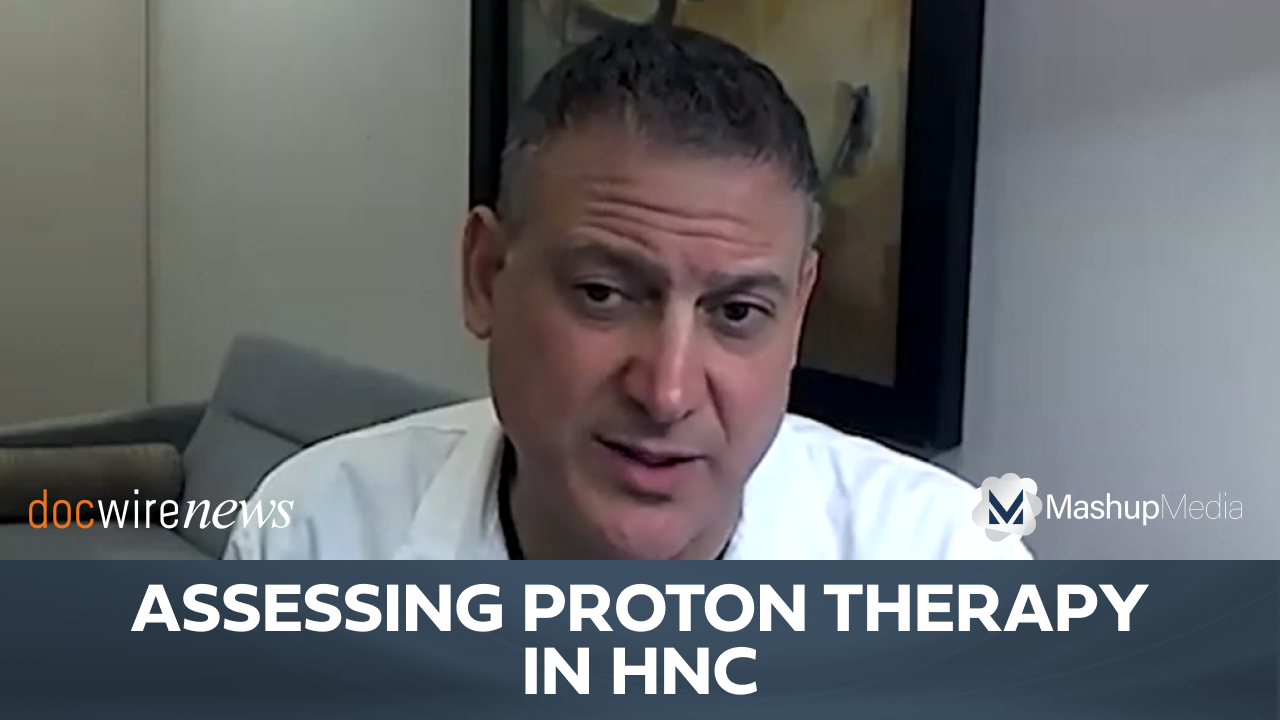
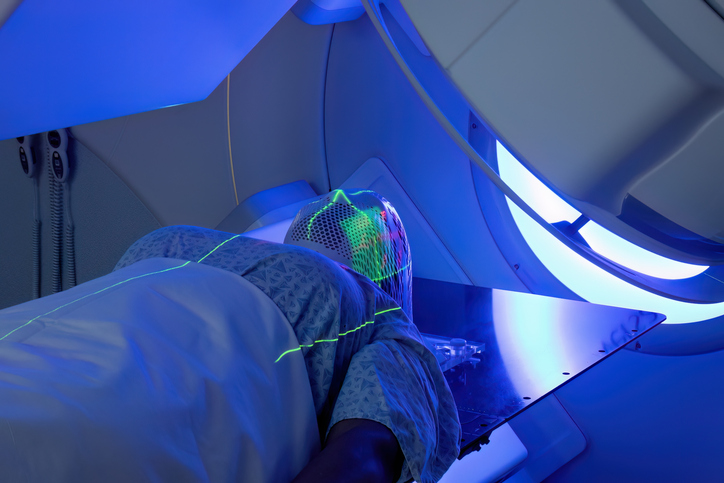
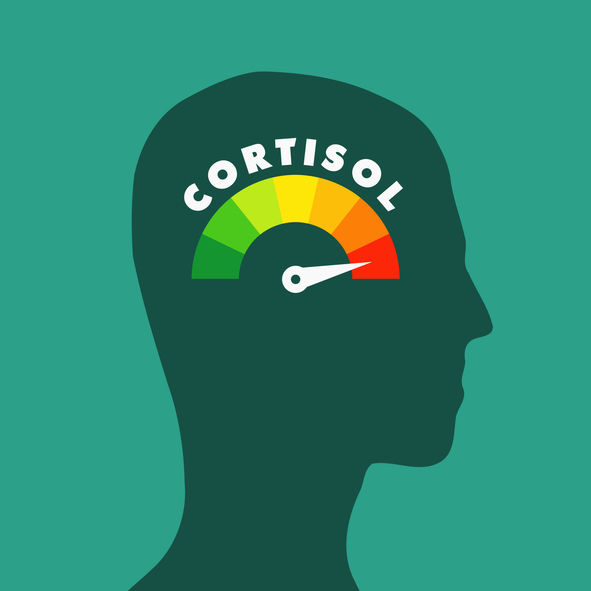

 © 2025 Mashup Media, LLC, a Formedics Property. All Rights Reserved.
© 2025 Mashup Media, LLC, a Formedics Property. All Rights Reserved.